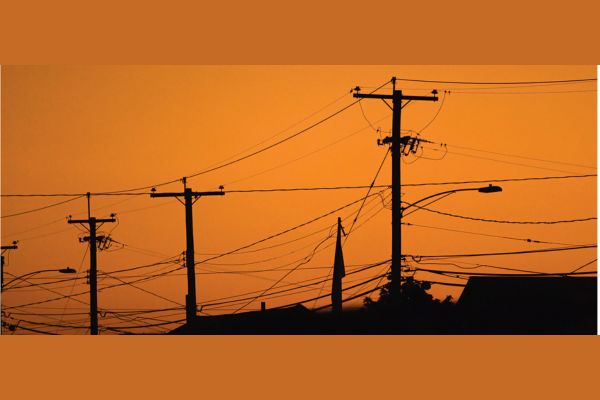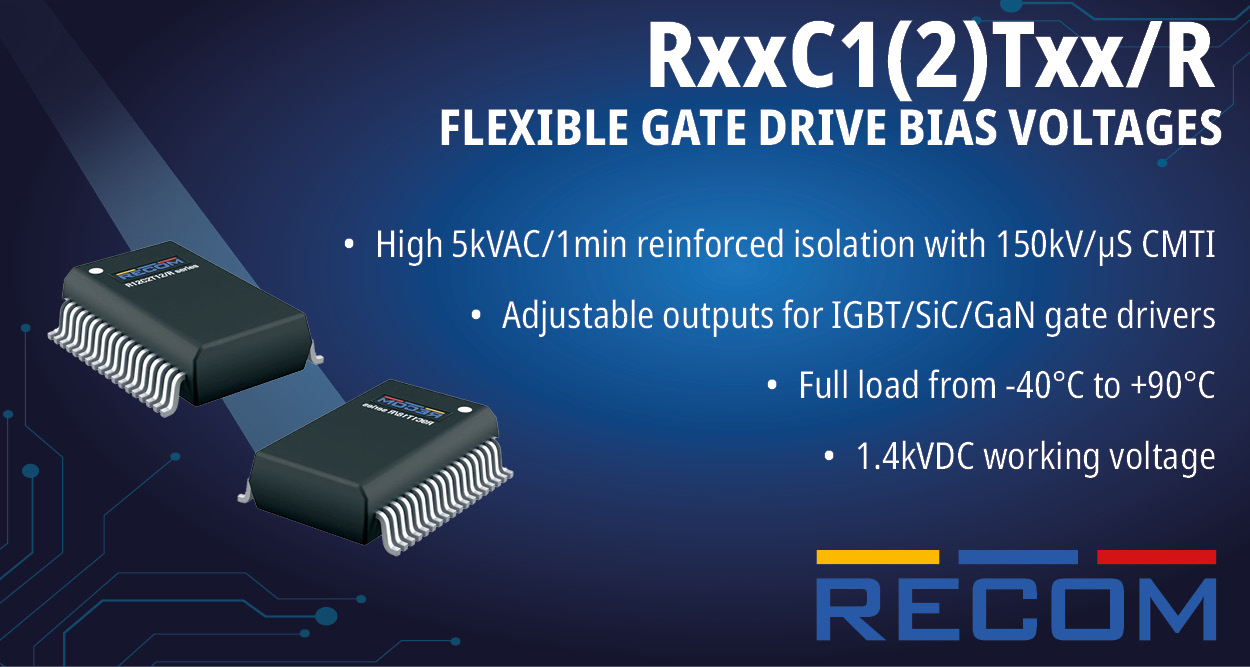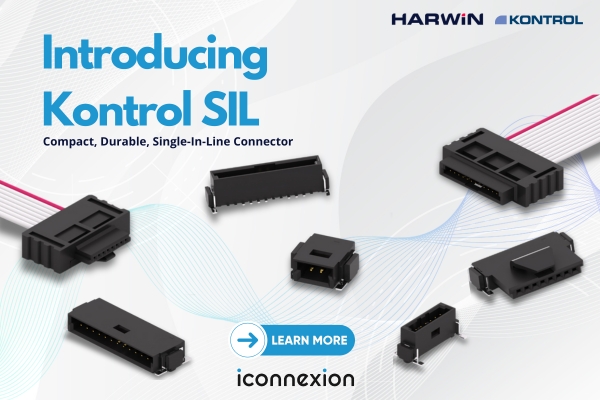In the vast and diverse landscape of India, the journey of electrification has been both challenging and transformative. From the ambitious goal of lighting up every village to the current pursuit of sustainable and efficient power distribution, India’s energy sector has witnessed remarkable progress. Central to this evolution is the Revamped Distribution Sector Scheme (RDSS), a strategic initiative by the Indian government aimed at overhauling the power distribution framework. By integrating cutting-edge technology and fostering innovation, RDSS aspires to create a resilient, reliable, and consumer-centric power distribution system.
The Genesis of RDSS
Launched with a substantial outlay of ₹3,03,758 crore for the period from FY 2021-22 to FY 2025-26, the RDSS is a reforms-based, results-linked scheme. Its primary objectives are to reduce Aggregate Technical & Commercial (AT&C) losses to a pan-India level of 12-15% and to eliminate the gap between the Average Cost of Supply (ACS) and Average Revenue Realized (ARR) by 2024-25. This ambitious plan underscores the government’s commitment to enhancing the quality, reliability, and affordability of power supply to consumers, while ensuring the financial sustainability and operational efficiency of the distribution sector.
Embracing Technological Advancements
The success of RDSS hinges on the adoption of modern technologies that can revolutionize the power distribution landscape. One of the cornerstone technologies in this endeavor is the implementation of smart grids. These advanced electrical networks incorporate digital communication and control systems, enabling real-time monitoring and management of electricity production, distribution, and consumption. The integration of smart grids facilitates better demand forecasting, swift fault detection, and efficient energy management, thereby enhancing the overall reliability and efficiency of the power supply.
A pivotal component of smart grids is the Advanced Metering Infrastructure (AMI), which includes the deployment of smart meters. These devices provide real-time consumption data, empowering consumers to monitor and manage their energy usage effectively. For utilities, smart meters are instrumental in reducing AT&C losses by detecting and curbing electricity theft and fraud. The automation of billing processes, remote disconnection capabilities, and enhanced transparency are additional benefits that contribute to the improved operational and financial performance of Distribution Companies (DISCOMs).
Strategic Implementation of Smart Metering
Under the RDSS, there is a significant emphasis on the widespread implementation of smart metering solutions. The scheme has sanctioned the installation of approximately 20.46 crore prepaid smart consumer meters, 54 lakh smart Distribution Transformer (DT) meters, and 1.98 lakh smart feeder meters. This large-scale deployment aims to create a robust and transparent metering ecosystem, which is essential for accurate energy accounting and loss reduction. Prepaid smart meters, in particular, offer consumers greater control over their electricity expenses and promote timely payments, thereby improving the revenue streams of DISCOMs.
Infrastructure Modernization and Capacity Building
Beyond metering, RDSS focuses on the comprehensive modernization of distribution infrastructure. This includes the upgradation of existing networks, the establishment of new substations, and the enhancement of last-mile connectivity to ensure a reliable power supply, even in remote areas. The scheme also allocates resources for training and capacity building, recognizing that a skilled workforce is crucial for the successful implementation and maintenance of advanced technologies in the power sector.
Collaborative Efforts and Public-Private Partnerships
The transformation envisioned by RDSS necessitates collaborative efforts between the government, public sector entities, and private players. Public-Private Partnerships (PPPs) are being encouraged to leverage the expertise, efficiency, and investment potential of the private sector. For instance, leading energy companies are exploring opportunities to acquire and revitalize state-owned power distribution companies, aiming to infuse them with modern technology and management practices. Such collaborations are expected to expedite the reduction of losses, enhance service quality, and foster a more competitive and consumer-friendly power market.
Innovations in Renewable Energy Integration
As India strides towards its renewable energy targets, the integration of renewable sources into the existing power grid presents both challenges and opportunities. Innovations such as Battery Energy Storage Systems (BESS) are being deployed to address the intermittency of renewable energy sources like solar and wind. These storage solutions ensure a stable and continuous power supply by storing excess energy generated during peak production periods and releasing it during high-demand phases. The largest BESS project in India, approved in 2024, is set to assist 12,000 low-income customers in Delhi, exemplifying how technological innovation can drive both sustainability and social equity.
Empowering Rural Communities through Microgrids
In rural and underserved regions, microgrid solutions are emerging as viable alternatives to traditional grid extensions. Companies specializing in smart microgrid technologies are deploying decentralized energy systems that provide reliable and affordable electricity to remote communities. These microgrids often utilize renewable energy sources, such as solar power, combined with advanced storage solutions, to create self-sustaining energy ecosystems. By empowering local populations with access to electricity, these initiatives not only improve the quality of life but also stimulate economic development and entrepreneurship in rural areas.
Challenges and the Road Ahead
While the RDSS lays a robust framework for the future of power distribution in India, its successful implementation faces several challenges. Financial constraints, technological integration issues, and the need for regulatory reforms are among the primary hurdles. Additionally, ensuring cybersecurity in an increasingly digitized power infrastructure is paramount to protect against potential threats. Addressing these challenges requires a concerted effort from all stakeholders, continuous policy support, and a commitment to innovation and excellence.
Closing Thoughts
The Revamped Distribution Sector Scheme represents a transformative leap in India’s power distribution landscape. By leveraging technology and fostering innovation, RDSS aims to create a more resilient, transparent, and efficient electricity distribution system. The widespread adoption of smart grids, advanced metering infrastructure, and renewable energy integration will play a pivotal role in shaping the future of power distribution. While challenges remain, including financial sustainability, regulatory reforms, and cybersecurity concerns, the ongoing commitment from policymakers, DISCOMs, and private players will be crucial in overcoming these hurdles.
As India continues its journey toward energy security and sustainability, the success of RDSS will not only determine the efficiency of power distribution but also impact the nation’s economic growth and development. A robust and technologically advanced power sector will enhance industrial productivity, improve quality of life, and support India’s ambitious renewable energy goals. The coming years will be critical in determining how well these innovations translate into tangible benefits for consumers and businesses alike, ultimately steering India towards a future of reliable and sustainable energy access.

Written By Mr. Saurabh Patawari, Managing Partner – National Electrical Equipments Corporation (NEEC)
















